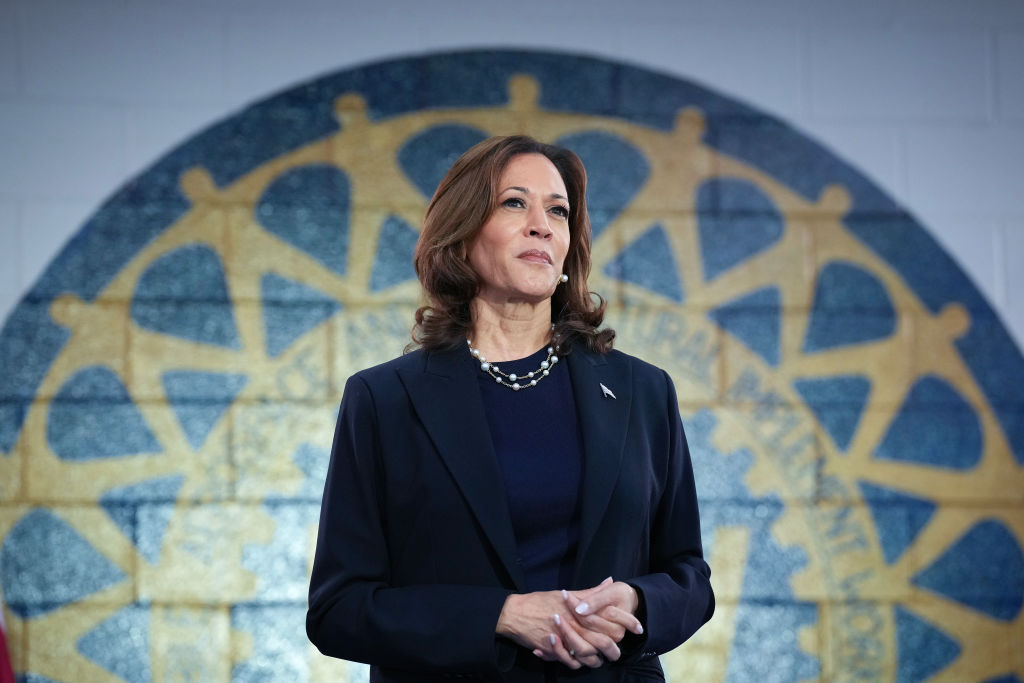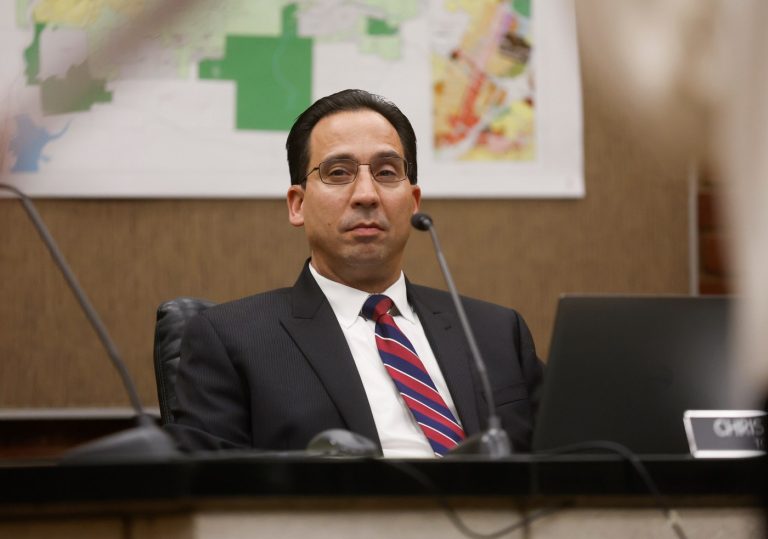Vice President Kamala Harris recently proposed price controls on groceries to stop food companies from “gouging” American consumers. It’s a terrible idea from the Democratic presidential nominee, as many have already pointed out, because price controls lead to shortages and other bad outcomes. It’s also doubtful Harris could push such a policy through Congress.
But before debating the merits, there’s a question about whether food companies are in fact gouging people. There’s been talk about price gouging ever since inflation spiked in 2021, so in early 2022, I looked at the financial results of companies in the S&P 500 Index to see if they were exploiting consumers or merely passing on their own higher costs. It looked to me at the time that they were raising prices to beef up profits.
For example, the S&P 500’s operating margin — that is, the percentage of revenue companies keep after deducting operating expenses such as materials, wages, rent and utilities — was meaningfully higher in 2021 than before the COVID pandemic, and Wall Street analysts expected it to remain that high. The same was true for the S&P 500 Equal Weight Index, which suggested that most companies were exploiting a post-pandemic surge in consumer demand by hiking prices faster than their own costs were rising.
After hearing Harris’s plan, I decided to take another look and am now compelled to the opposite conclusion. Operating margins have declined since 2022. The S&P 500’s margin is back down to where it was before the pandemic, and that of the equal weight index is even lower, all of which suggests that most companies have not raised prices enough to fully absorb their own higher costs.
Up-and-down margins
Financial results for the consumer staples sector, which is where food and beverage companies reside, tell a similar story. The sector’s operating margin climbed to 10% in 2021 from 8% in 2019, but it is now down to 7%. Here, too, it appears that companies have absorbed more inflation than they’ve passed on to consumers.
I suspect what happened was that companies raised prices in 2021 in anticipation of higher operating costs, but that those higher expenses didn’t show up until 2022 or later. The mismatch caused margins to inflate on higher revenue in 2021 and deflate when higher operating expenses hit financial statements in subsequent years, leaving companies on the whole no better off than before the pandemic and perhaps slightly worse off.
There’s a related question about whether mega-companies have used their size to raise prices more than smaller ones. I see no indication of that in the numbers. The big three in the staples sector — Walmart Inc., Procter & Gamble Co. and Costco Wholesale Corp. — have maintained their pre-pandemic margins, as have more than half of companies in the sector. It’s not clear, in other words, that the biggest companies have wielded more pricing power since the pandemic.
The answer is roughly the same when isolating the food products industry within the staples sector. There’s more parity among food companies than in the broader sector. The industry’s standout is Oreo-maker Mondelez International Inc., whose market value is twice that of Kraft Heinz Co., the second most-valuable company. Even so, among food companies that have managed to expand margins since the pandemic, Mondelez’s margin growth is the weakest.
For the food products industry overall, margins are only modestly higher than before the pandemic, so like the broader S&P 500, it appears companies mostly attempted to pass on their own higher costs to consumers.
Markets are working
Related Articles
Sweet corn is summer’s sweetest season
Got zucchini? Here are 4 new recipes to try
New fusion restaurant in Los Gatos brings ethos of family, community
Chamber of Commerce offers a Taste of Los Gatos on Sept. 14
Why supper swapping is the new meal delivery trend
To be clear, businesses have a right — but not a duty — to charge as much as the market will bear for their goods and services. Indeed, free markets depend on that right. The fact that margins have stabilized since the pandemic is a sign that markets are working as they should to match supply with demand even during a very chaotic time. (It’s true, as the Harris campaign intimates, that the S&P 500’s operating margin rose by 50% from the early 1990s through the late 2010s. That’s a discussion for another day, but I’ll note that margin expansion does not necessarily lead to higher prices as that period coincided with some of the lowest inflation on record.)
At the same time, limited government intervention is appropriate if companies exploit a crisis that disrupts the normal operation of markets and the economy, as the pandemic did for a time.
But the United States is no longer in crisis, and Harris did not offer enough details about how she would handle price gouging now or in such an emergency. She would do better to abandon the idea because, at least for now, price controls seem to be a solution in search of a problem.
Nir Kaissar is a Bloomberg Opinion columnist. ©2024 Bloomberg. Distributed by Tribune Content Agency.












